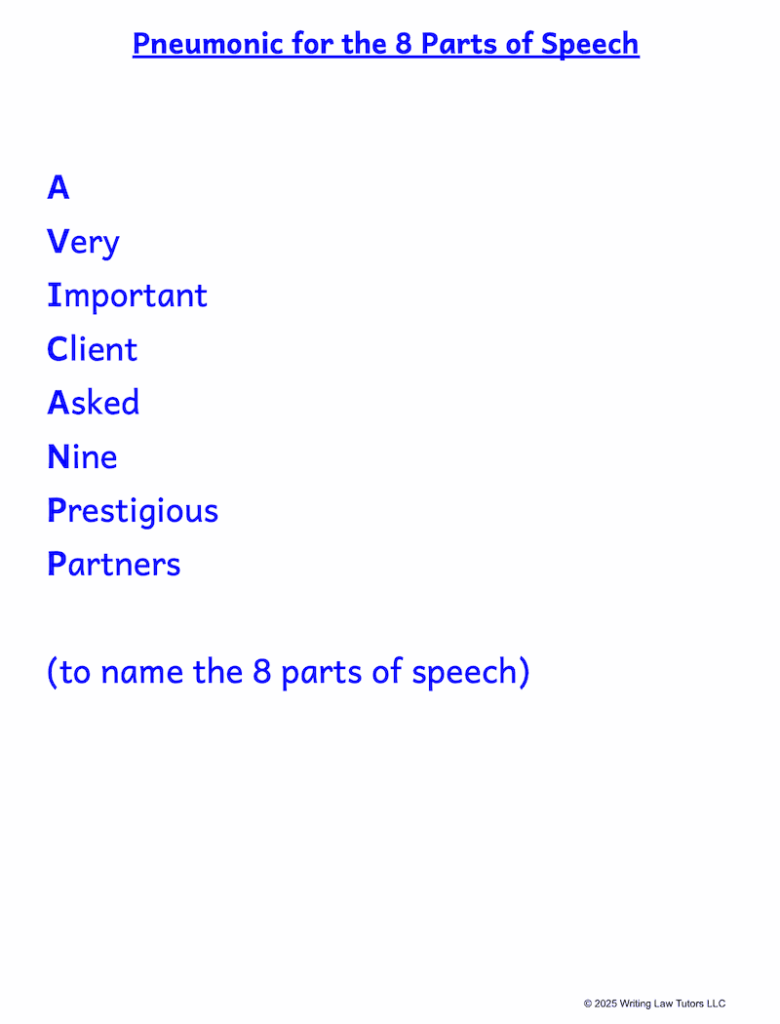Grammar, the Main Culprit for Legal Writing Deficiencies
I talk regularly to law-firm owners, and I get an earful about their associates’ legal writing deficiencies.
You might think the greatest gripe I get has to do with the depth of analysis or lack of sophistication in advocacy style.
You’d think the gripe at least had SOMETHING to do with the LEGAL part of legal writing.
But no.
It’s their grammar.
—“No one knows the parts of speech these days.”
—“I refer to a sentence ‘predicate’ and get back a blank stare.”
—“They must not teach students how to diagram sentences anymore.”
Those are the types of complaints I get most.
Now, to me, it’s not that surprising, for quality legal writing is no different than quality English writing.
▪️ “Good legal writing is hardly more than literary English applied to the law.” (Bryan A. Garner, “The Elements of Legal Style” (2nd ed. 2002).)
▪️ “Good legal writing should not differ, without good reason, from ordinary, well-written English.” (Richard Wydick, Plain English for Lawyers (5th ed. 2005).)
But somewhere along the way, legal writers have forgotten these elemental components of their sentences.
What about you?
Can YOU name the 8 parts of speech?
I’ve given you a hint in the attached mnemonic. (Please ignore misspelling in attachment! I was thinking of partners and hot air. 💁🏼♀️)
I’ll be breaking down all 8 in this month’s ▪️♥️▪️ 3 Bullets, my legal-writing newsletter. You can receive it by signing up here: writinglawtutors.com/newsletter/
💌 Amanda
P.S. HUGE prize for anyone who gets them in a quick comment—WITHOUT cheating!!
#DearLegalWriter

